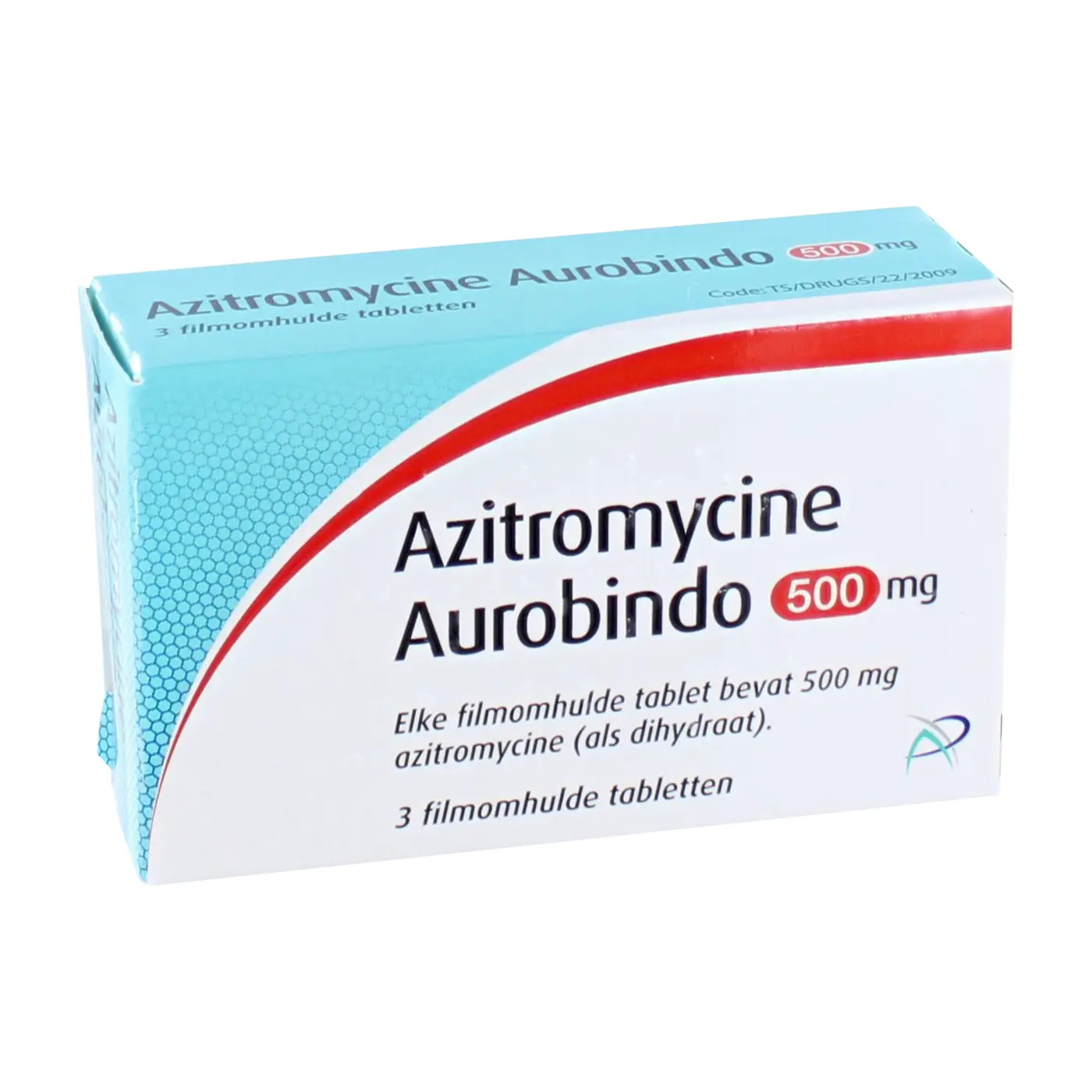Why Choose Azithromycin?
Effective Against Common Infections: Azithromycin is a broad-spectrum antibiotic, making it highly effective against many common bacterial infections like bronchitis and pneumonia. Its versatility makes it a go-to choice for treating various ailments, providing relief and promoting recovery.
Convenient Dosage: Azithromycin often requires only once-daily dosing, simplifying the treatment regimen and improving patient compliance. This convenient schedule makes it easier to adhere to the prescribed course, leading to better outcomes and minimizing disruptions to daily life.
Good Tissue Penetration: Azithromycin demonstrates excellent tissue penetration, ensuring high concentrations in affected areas. This characteristic allows the medication to reach and combat infections effectively, even in hard-to-reach locations within the body.
Reduced Side Effects Compared to Erythromycin: Azithromycin generally exhibits fewer gastrointestinal side effects compared to older macrolide antibiotics like erythromycin. This improved tolerability enhances patient comfort and encourages adherence to the prescribed treatment plan.
Longer Half-Life for Sustained Action: Azithromycin has a longer half-life, allowing for sustained antibiotic action in the body. This prolonged effect contributes to its efficacy and allows for shorter treatment durations.
Always follow your doctor’s instructions for the best results and safety.


